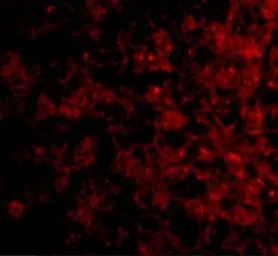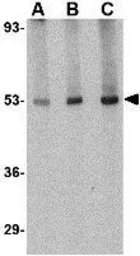CRLF2 antibody
Cat. No. GTX85052
Cat. No. GTX85052
-
HostRabbit
-
ClonalityPolyclonal
-
IsotypeIgG
-
ApplicationsWB IHC-P ELISA
-
ReactivityHuman


